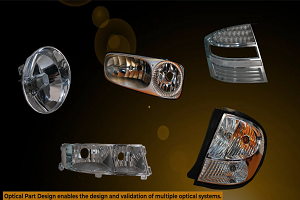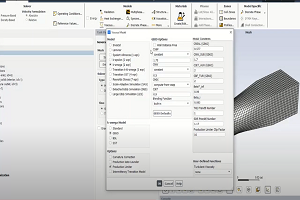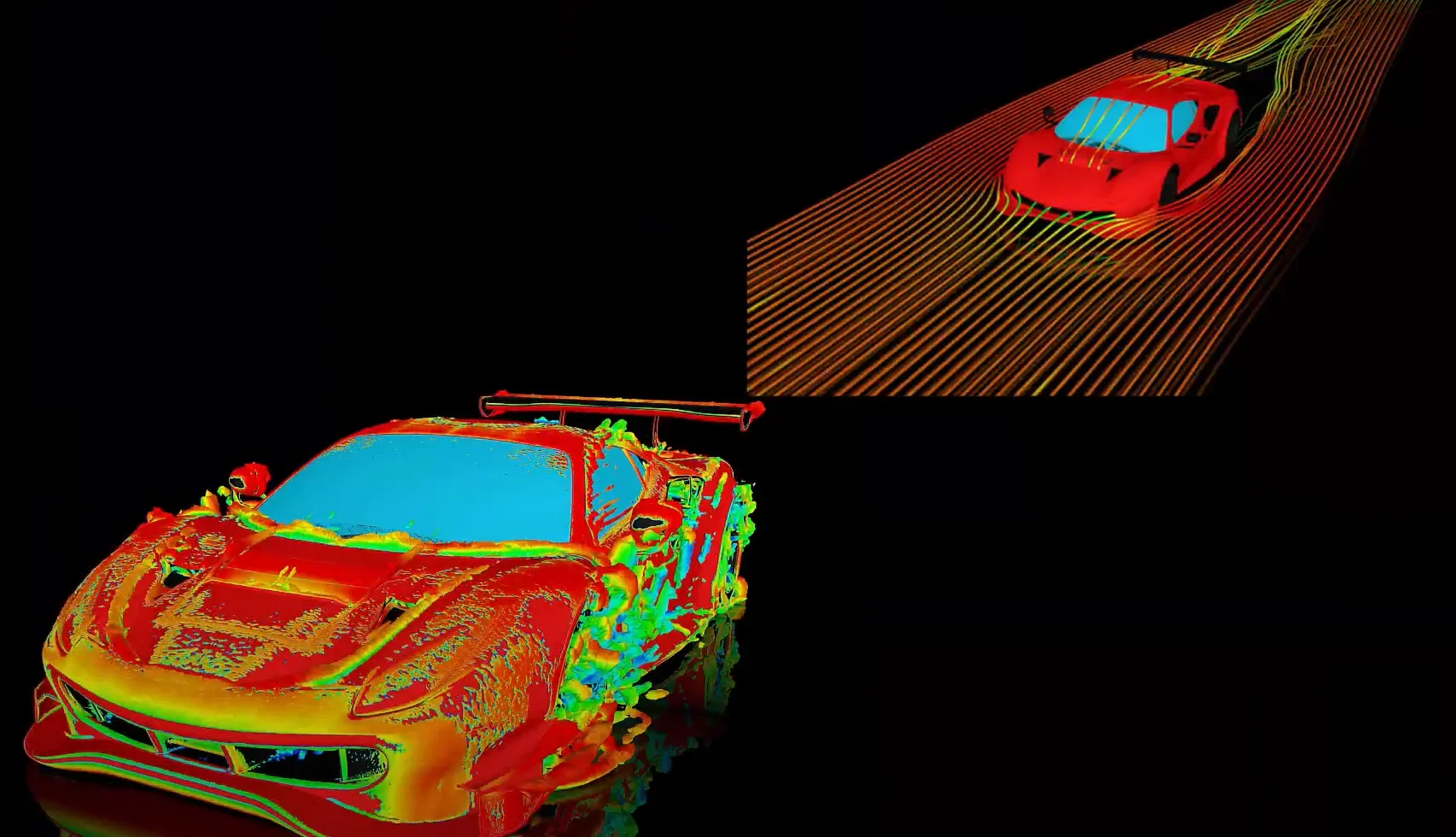-
-
March 17, 2023 at 1:12 pm
 SolutionParticipant
SolutionParticipantBeam connections (Body-To-Body or Body-To-Ground connection by beam elements) in ANSYS Mechanical: – Generally, one Beam188 element using quadratic shape functions is employed (Keyopt(3)=2): — Timoshenko beam theory, i.e. first order shear deformation theory — see: ANSYS Documentation > Mechanical APDL > Element reference > I. Element library > BEAM188 — see: ANSYS Documentation > Mechanical APDL > Theory reference > 13. Element library > 13.188. BEAM188 – 3-D 2-Node Beam – Using the BEAM Probe, only section forces and moments at the beam ends can be requested. The objective is to also make visible the stress distribution, e.g. for the von-Mises-stresses, (over cross section and beam length) in Workbench Mechanical postprocessing. See attached documents for details. Keywords: Beam connector, Body-To-Body connection, Body-To-Ground connection, equivalent stress, BEAMDIRECT, BEAMMAX_BENDING, BEAMMAX_COMBINED, Beam Section Results, Shear Correction Factor
Attachments:
1. 2052774.pdf
2. 2052774.zip
-


Introducing Ansys Electronics Desktop on Ansys Cloud
The Watch & Learn video article provides an overview of cloud computing from Electronics Desktop and details the product licenses and subscriptions to ANSYS Cloud Service that are...

How to Create a Reflector for a Center High-Mounted Stop Lamp (CHMSL)
This video article demonstrates how to create a reflector for a center high-mounted stop lamp. Optical Part design in Ansys SPEOS enables the design and validation of multiple...

Introducing the GEKO Turbulence Model in Ansys Fluent
The GEKO (GEneralized K-Omega) turbulence model offers a flexible, robust, general-purpose approach to RANS turbulence modeling. Introducing 2 videos: Part 1 provides background information on the model and a...

Postprocessing on Ansys EnSight
This video demonstrates exporting data from Fluent in EnSight Case Gold format, and it reviews the basic postprocessing capabilities of EnSight.

- How to reduce contact penetration?
- How to decide which side should be Contact and which should be target in Contact definition?
- What is the difference between secant and instantaneous coefficients of thermal expansion (CTE)?
- How to use the Newton-Raphson residuals option under Solution Information?
- How do I export all result objects data in tabular format?
- How to plot stresses of a beam connection in Workbench?
- Does ECAD trace mapping support more than one type of trace material (usually copper) in the same layer?
- How can I apply a controlled rotation in ANSYS Mechanical
- Difference Between Environment Temperature and Reference Temperature in Mechanical
- How to find total heat flowing through a surface in Mechanical?

© 2025 Copyright ANSYS, Inc. All rights reserved.

